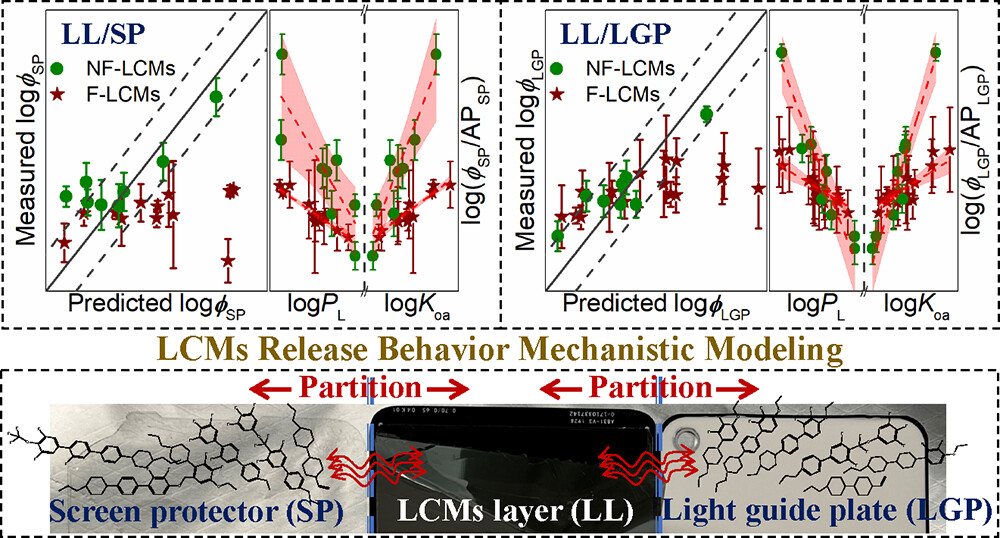Involved Member: Dr. Henry Yuhe HE
Liquid crystal display (LCD) screens can release organic pollutants into indoor environments, including liquid crystal monomers (LCMs), which have been proposed as a novel class of emerging pollutants. Understanding the release pathways and mechanisms of LCMs from different components of LCD screens is crucial for accurate assessment and comprehension of their environmental transport behaviour and fate in the ambient environment. In this study, LCMs were detected in the LCM layer (LL), light guide plate (LGP), and screen protector (SP) of waste smartphone screens. The LL was identified as the source of LCMs in the LGP and SP. Emission factors of LCMs from the waste screen, SP, LGP were estimated and a mechanism model was developed. The study suggests that LCMs in LGP could reach diffusion-partition equilibrium more quickly than those in SP, indicating that LCM release could be mainly governed through SP diffusions.
Reference:
Jin, Q., Yu, J., Fan, Y., Zhan, Y., Tao, D., Tang, J., He, Y.H., (2023). Release behavior of liquid crystal monomers from waste smartphone screens: occurrence, distribution, and mechanistic modeling. Environmental Science & Technology, 57(28), 10319-10330. (impact factor: 11.357)
